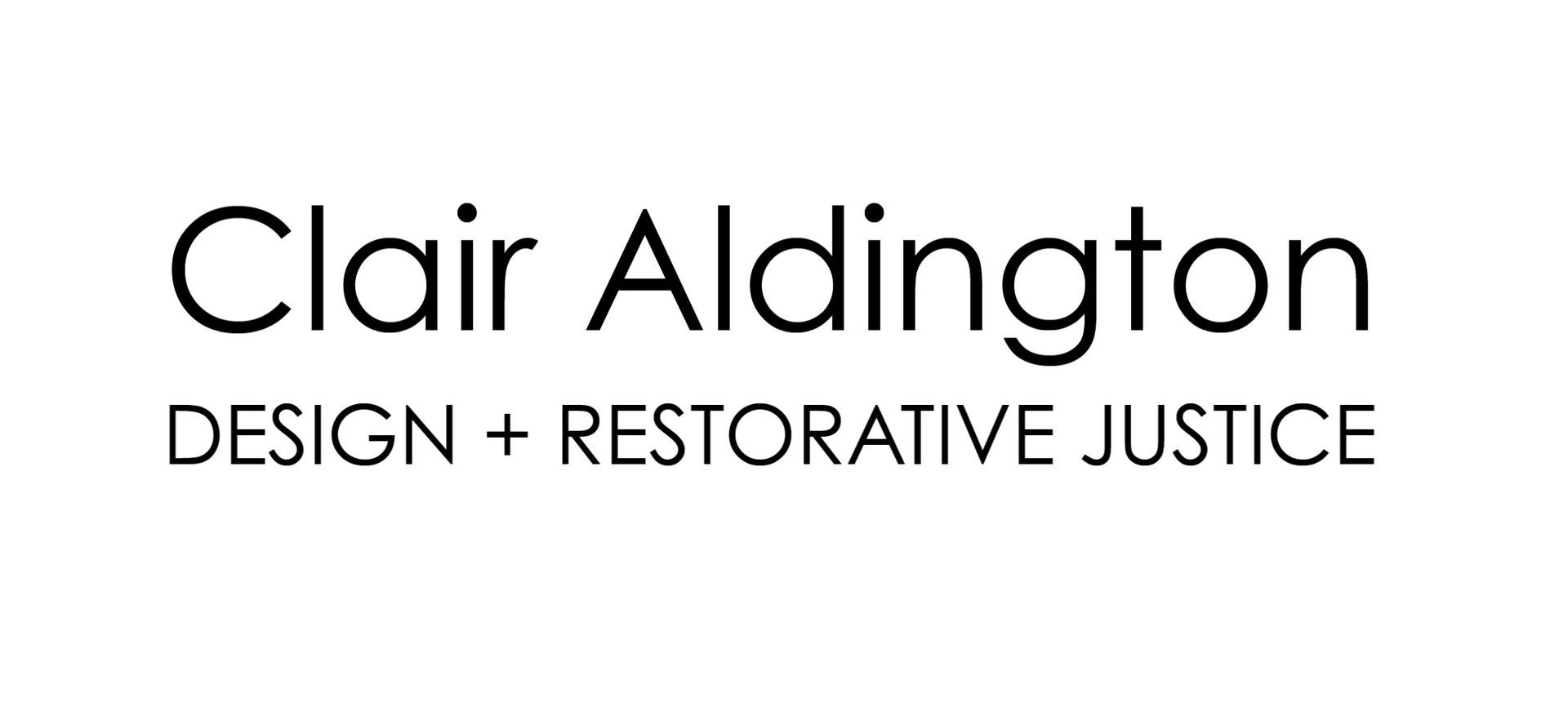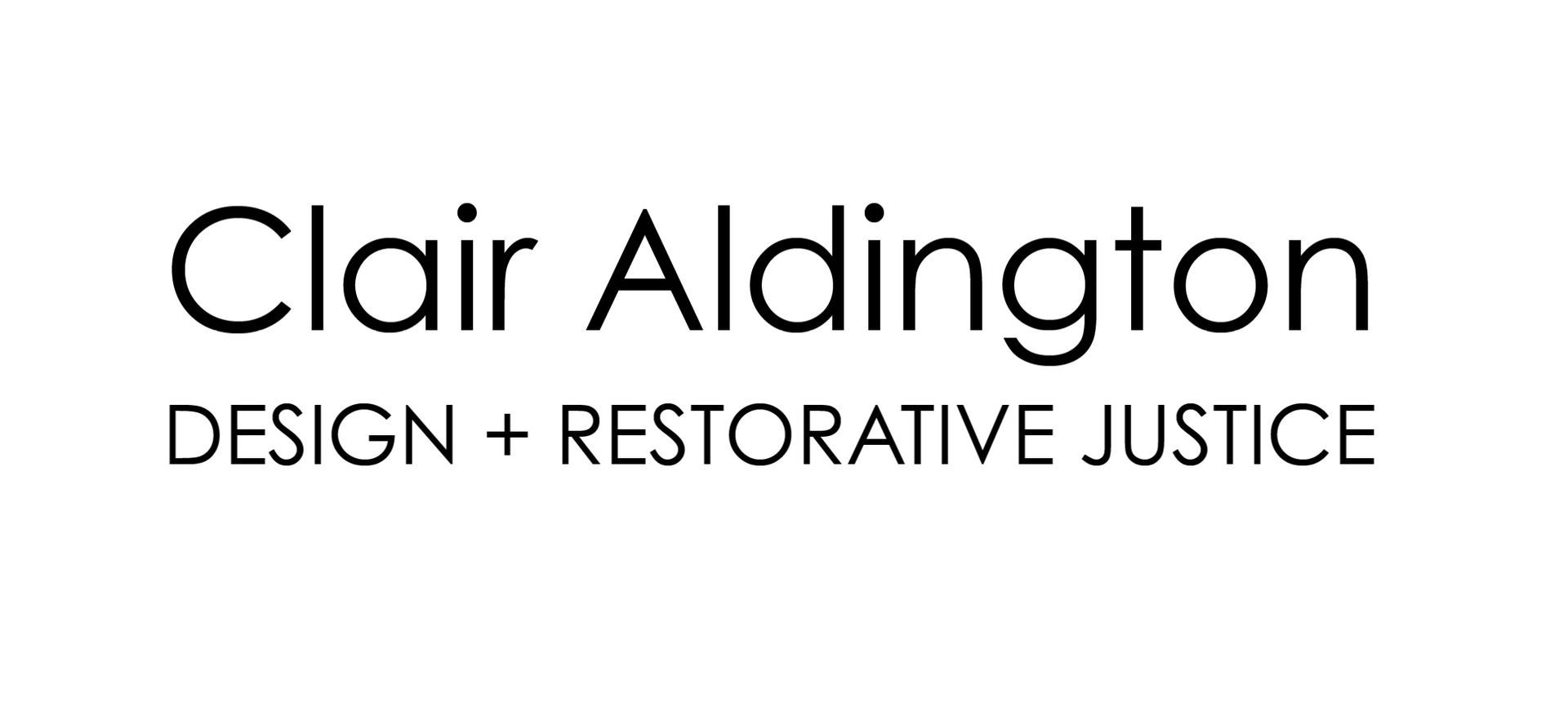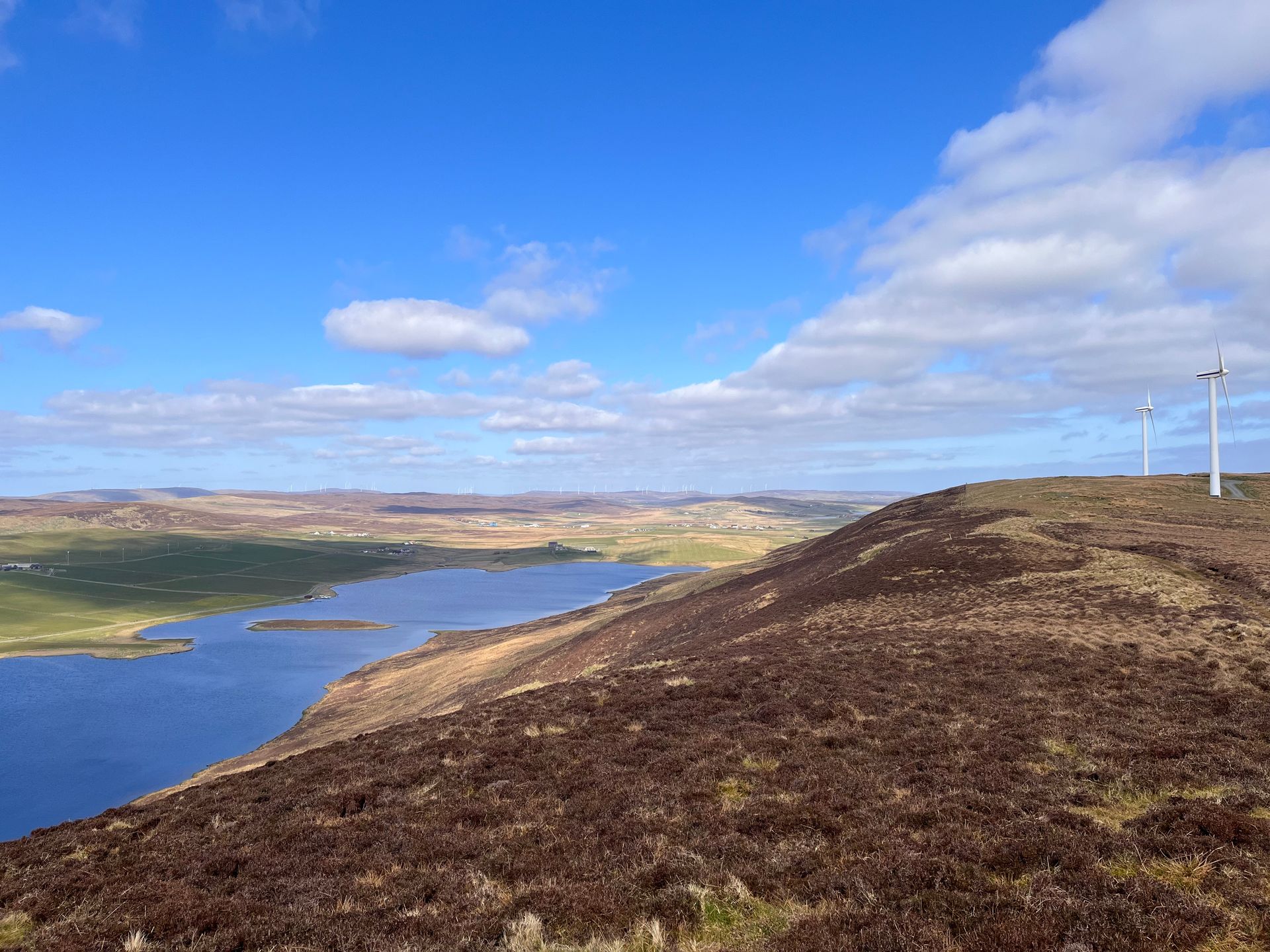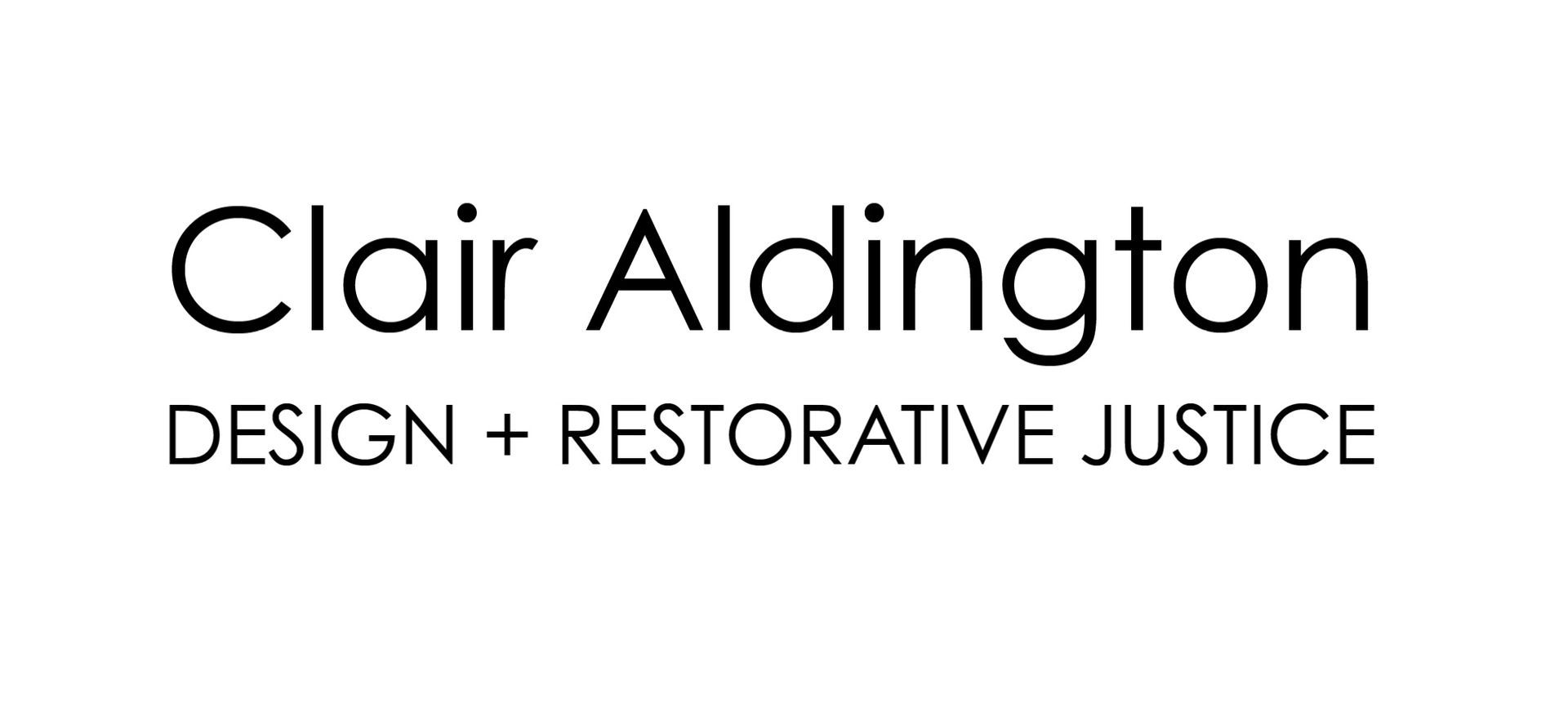"Convergences" exhibition
Ready for touring
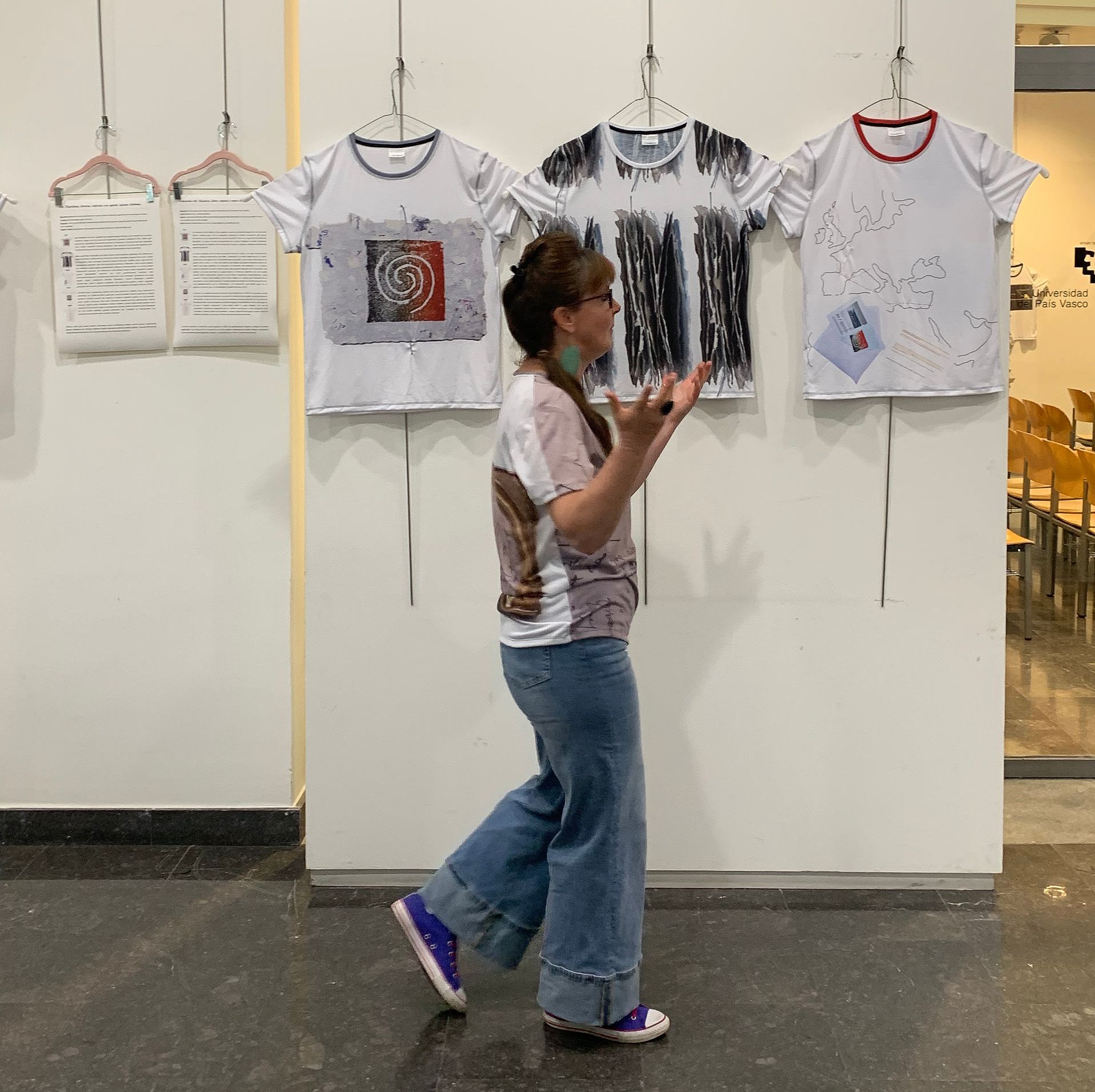
Last year I was delighted to be commissioned by the University of the Basque Country and the Basque Institute of Criminology to create an exhibition entitled "Convergences; Collaborative artwork to aid dialogue with the other". It opened in Bilbao in May 2024 and is now ready for touring.
If you would like to hire this exhibition from me download details here.
Since 2019, I have been working with the Encounter of the Encounters group which includes participants from the Basque Country, Italy, Northern Ireland, Israel, Palestine, Belgium, and Ukraine. Participants share the harmful effects of political violence and the commitment to prevent its reoccurrence - as those who resorted to violence and those who were harmed by it. The group uses the restorative circle method to enable dialogue - facilitated by experienced and trained practitioners from different countries. This exhibition contains work co-created between participants within the group and also work created by me in response to the group.
"Etymologically, solidarity encompasses a range of meanings relating to wholeness and solidity whilst also embracing injury, harm and reparative obligations. It is an active and inventive word, related to emotion, and in the context of restorative justice I would define solidarity as a permeable place of convergence between two parties symbolised by gesture and movement, and material things. This can occur without them meeting but at its most profound it is reciprocal and in person."
The title of this exhibition "Convergences" is taken from the above definition of solidarity that I developed as part of my PhD studies (2017 - 2022). The word solidarity is used in some of the research literature to describe the positive moments of connection that are made between participants in a restorative justice encounter[1]. These positive moments of connection contain high emotional energy which is expressed through gesture and movement, such as eye contact, a handshake or even a hug in some circumstances. When I began my doctoral studies I was unsure about the word solidarity being used in the context of restorative justice. On further investigation into its origins I realised solidarity was a profound description. I came to call these moments of solidarity between people places of "convergence". Within my research, and as part of my creative practice, I frequently examine the etymology (the origins) of a word. The word convergence is taken from the Latin converge (1690s) "to tend to meet in a point or line" and convergere "to incline together’" In turn, these Latin words have their origins in the PIE (Proto-Indo-European)[2] root *wer- (2)"to turn, bend". These etymologies caught my attention - "to turn, bend" and "to incline together’" For me, this was a more honest description of the shared moments in a restorative encounter - an inclining or bending towards the other - not necessarily a connection but a willingness to incline or turn towards the other to gain an understanding of their perspective.
These convergences, for me, define what restorative justice is truly about and can also be symbolised by material objects. This is how I see much of the artwork represented in this exhibition - collaborative work created by and with members of the Encounter of the Encounters international restorative circle group. As such, it is artwork that crosses the space between people and work that marks the convergences between them - the turning and bending towards the other.
[1] A meeting between a person harmed (victim/ survivor) and the person responsible for causing that harm (perpetrator).
[2] Proto-Indo-European is the reconstructed shared ancestor of the Indo-European language family - the Basque Language is unique in Europe for pre-dating this.
